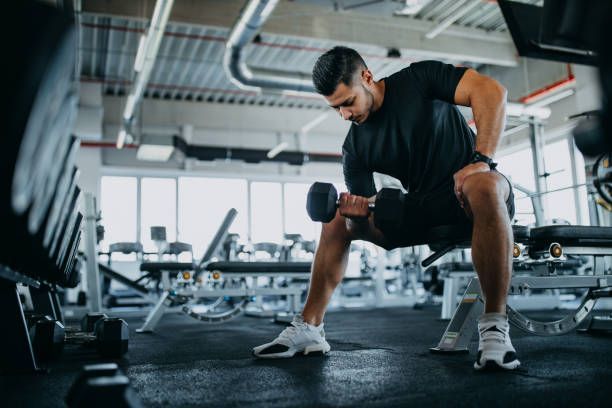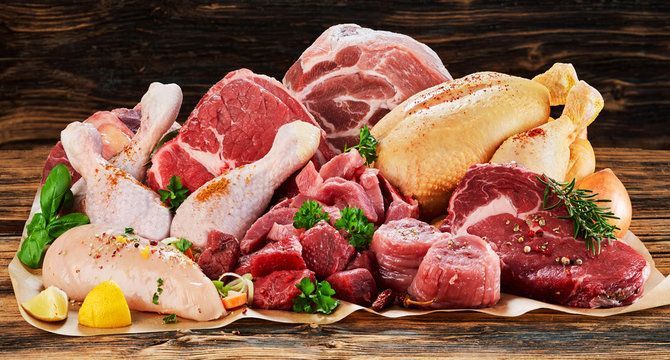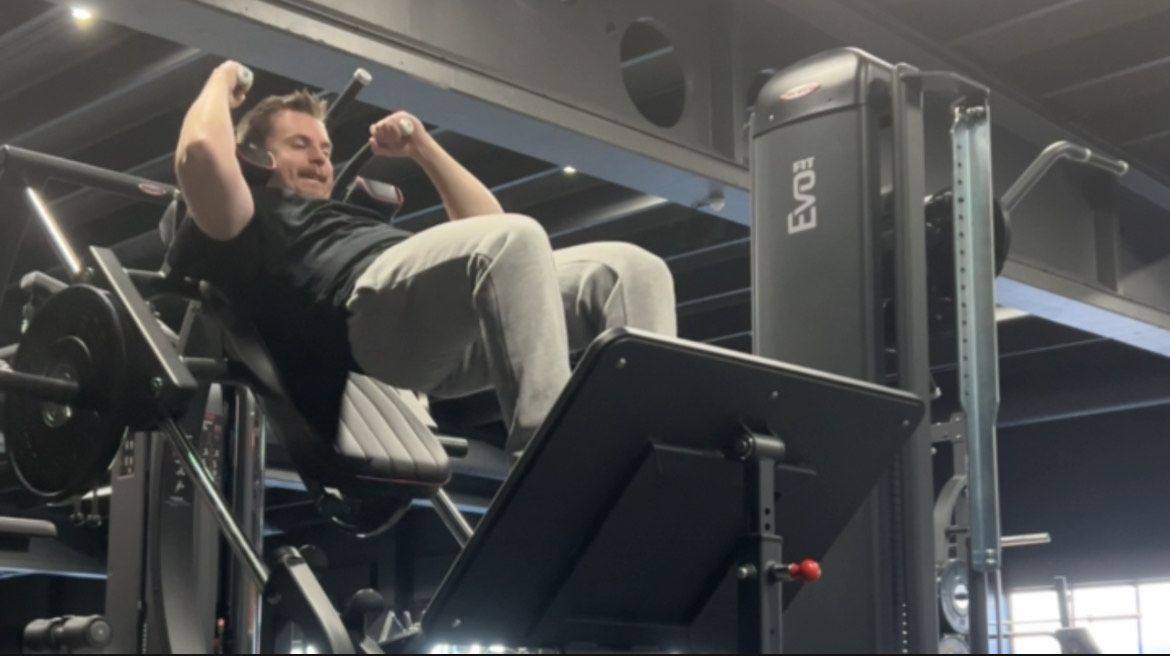How to train street lifting
Comprehensive Guide To Street Lifting Training
1. The Core Exercises of Street Lifting
The inclusion of the barbell squat alongside the traditional weighted pull-ups and dips creates a more comprehensive and balanced assessment of strength in street lifting competitions. Here's a breakdown of the core exercises.
1.1. Barbell Squat
The barbell squat is a key exercise that focuses on lower body strength, targeting major muscle groups such as the quads, glutes, hamstrings, and core. It's one of the primary movements in street lifting competitions to test overall power.
Muscles Worked:
- Quadriceps
- Glutes
- Hamstrings
- Calves
- Core stabilizers
How to Perform:
- Stand with your feet shoulder-width apart, and position the barbell on your upper traps or rear deltoids (depending on whether you're doing a high-bar or low-bar squat).
- Engage your core and keep your chest up as you squat down, pushing your hips back.
- Lower until your thighs are parallel to the ground or slightly below, maintaining a neutral spine.
- Drive through your heels to return to the standing position.
Progression:
- Start with lighter weights and focus on proper form and depth.
- Gradually increase weight using progressive overload once you can perform multiple clean reps with good technique.
1.2. Weighted Pull-Ups
Weighted pull-ups remain a fundamental upper body movement in street lifting. By progressively adding weight, you can significantly enhance your pulling strength.
Muscles Worked:
- Lats
- Biceps
- Rhomboids
- Traps
- Core stabilizers
How to Perform:
- Grip the bar slightly wider than shoulder-width.
- Pull yourself up, leading with your chest and keeping your elbows tucked in.
- Lower yourself in a controlled manner to the starting position.
Progression:
- Start with bodyweight pull-ups, and gradually add weight as you gain strength. Aim to add small increments (e.g., 2.5 kg or 5 lbs) over time.
1.3. Weighted Dips
Dips are another fundamental exercise in street lifting. Adding weight to your dips allows you to strengthen your chest, triceps, and shoulders effectively.
Muscles Worked:
- Chest (lower pectorals)
- Triceps
- Anterior deltoids
- Lower traps
How to Perform:
- Grip parallel bars with your arms fully extended.
- Lower yourself until your upper arms are parallel to the ground.
- Press back up through your palms to full lockout.
Progression:
- Master bodyweight dips before adding a dip belt with weights. As your strength increases, aim to add 5-10% of your body weight over time.
2. Programming for Street Lifting
Now that we've established the core exercises, it's essential to program them effectively into your training routine to maximize gains.
2.1. Weekly Training Split
A balanced street lifting routine with barbell squats should address both upper and lower body strength. Here's a potential weekly split:
- Day 1 (Pull Focus):
- Weighted Pull-Ups (Primary)
- Rows (Secondary)
- Accessory pulling movements (e.g., lat pull-downs, bicep curls)
- Day 2 (Leg Focus):
- Barbell Squats (Primary)
- Bulgarian Split Squats (Secondary)
- Accessory leg exercises (e.g., lunges, hamstring curls)
- Day 3 (Push Focus):
- Weighted Dips (Primary)
- Overhead Press (Secondary)
- Accessory pushing movements (e.g., tricep dips, lateral raises)
- Day 4 (Full-Body/Explosive):
- Muscle-Ups (Primary, if you’ve mastered them)
- Squat Variations (e.g., front squats, box squats)
- Core work (e.g., hanging leg raises, ab wheel rollouts)
2.2. Sets and Reps
To build strength and muscle mass, follow a rep scheme that prioritizes both intensity and volume:
- Strength Work (Primary Movements): 4-6 sets of 3-6 reps at 75-90% of your one-rep max (1RM)
- Hypertrophy Work (Accessory Movements): 3-4 sets of 8-12 reps at 65-75% of your 1RM
- Endurance and Control (Core/Accessory Work): 3 sets of 12-15 reps
For barbell squats, weighted pull-ups, and dips, focus on progressively increasing the weight. Each week, aim to add small increments of weight to the barbell or dip/pull-up belt.
2.3. Progressive Overload
Progressive overload is crucial for improving strength in street lifting. Ensure you're consistently increasing the weight or volume in each of the core exercises. Here’s how to apply it:
- Barbell Squats: Gradually add weight (5-10 lbs per week) or increase your reps and sets while maintaining proper form.
- Weighted Pull-Ups and Dips: Once you're comfortable with a particular weight, add 2.5-5 lbs to your pull-up or dip belt every 1-2 weeks.
Track your progress by keeping a detailed workout log, noting the weights, reps, and sets for each session.
3. Accessory Work for Street Lifting
While the primary movements (barbell squats, weighted pull-ups, and dips) are the foundation, accessory exercises help address weak points and improve overall performance.
3.1. Leg Accessory Movements
- Bulgarian Split Squats: Single-leg strength and stability, especially helpful for balancing muscle imbalances.
- Nordic Hamstring Curls: Focuses on hamstring development and knee joint stability.
3.2. Upper Body Accessory Movements
- Lat Pull-Downs: Helps with pull-up strength by building lat size and endurance.
- Push-Ups: A lighter, high-volume alternative to dips that can help improve endurance.
3.3. Core and Stability Work
Core strength is critical for both squats and street lifting movements. Focus on:
- Hanging Leg Raises: Great for building core stability, particularly helpful for weighted pull-ups and dips.
- Planks and Side Planks: Enhance core stability and overall body control during heavy lifts.
4. Nutrition for Street Lifting
Optimal nutrition plays a vital role in enhancing performance and recovery. Here are the main nutritional principles for street lifters:
4.1. Macronutrients
- Protein: Aim for 1.6-2.2 grams per kilogram of body weight to support muscle growth and repair.
- Carbohydrates: Ensure you’re consuming enough complex carbs (like oats, rice, and sweet potatoes) to fuel heavy workouts.
- Fats: Healthy fats from sources like nuts, seeds, and olive oil are crucial for joint health and hormone regulation.
4.2. Hydration and Recovery
Proper hydration supports both performance and recovery. Drink water consistently throughout the day, especially before and after training.
4.3. Supplements
While supplements aren’t a requirement, they can help optimize your performance:
- Creatine Monohydrate: Boosts strength and endurance during intense training sessions.
- Protein Powder: An easy way to meet your daily protein needs, especially if you struggle with whole food intake.
- Omega-3 Fatty Acids: Supports joint health and reduces inflammation from heavy training.
5. Injury Prevention and Recovery
With street lifting's focus on heavy, weighted bodyweight exercises, joint stress can become a concern over time. To prevent injuries, follow these guidelines:
5.1. Mobility and Warm-Up
Before each session, spend at least 10 minutes warming up with dynamic stretches, joint rotations, and mobility work. Focus especially on shoulder and hip mobility to prepare for squats, pull-ups, and dips.
5.2. Prehab Exercises
Incorporate shoulder and hip stability work such as band pull-aparts, face pulls, and hip thrusts to strengthen the smaller muscles and prevent overuse injuries.
5.3. Deload Weeks
Every 4-6 weeks, incorporate a deload week where you reduce the intensity and volume of your workouts. This will allow your muscles and joints to recover, reducing the risk of overtraining and injury.
6. Mental Toughness and Consistency
Street lifting is a demanding sport that requires mental resilience, especially as you juggle different elements like heavy squats, pull-ups, and dips. To stay on track:
- Set specific, measurable goals: Break down your long-term objectives (e.g., hitting a 2x bodyweight squat) into smaller milestones (e.g., increasing your squat by 10 lbs each month).
- Track your progress: Use a training log to document each session, including the weights, sets, and reps.
- Focus on form first: Prioritize technique over chasing heavy weights too quickly. This will not only keep you safe but also help you progress faster in the long run.
Conclusion
Whether you’re competing or just training for self-improvement, focusing on weighted bodyweight movements like pull-ups and dips combined with barbell squats will make you stronger, more athletic, and resilient.
By following a structured program that incorporates progressive overload, accessory work, proper nutrition, and injury prevention, you’ll be well on your way to mastering the sport of street lifting. Stay consistent, push through plateaus, and always aim to improve with every session!











